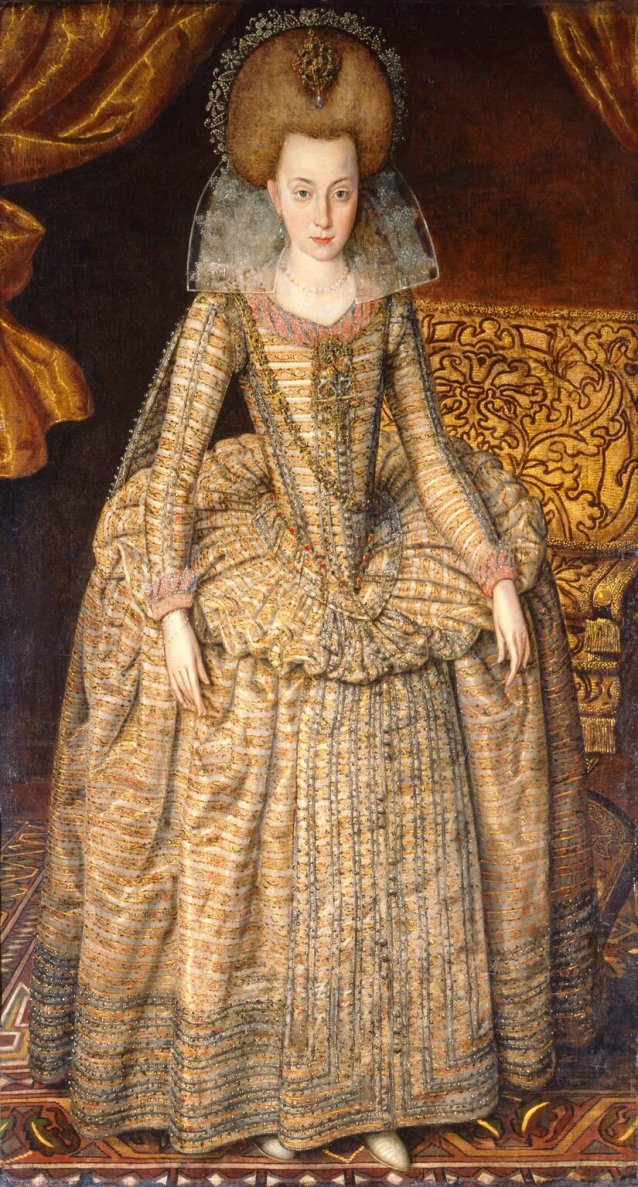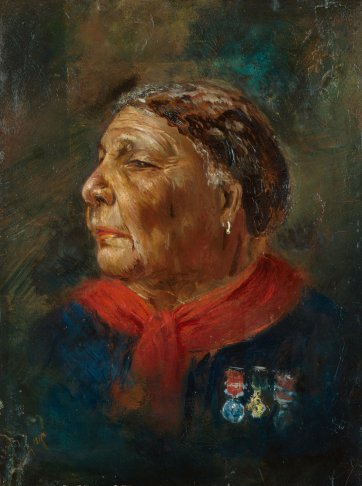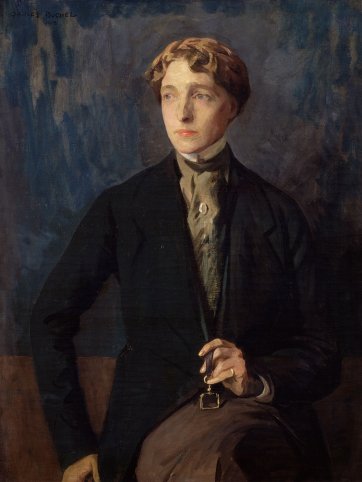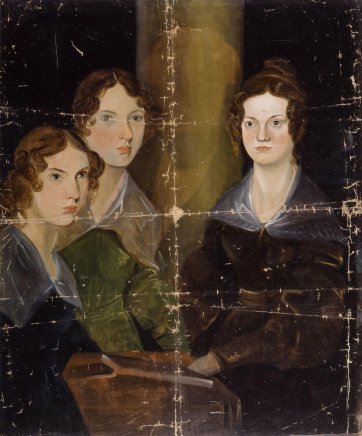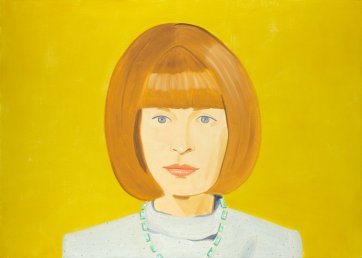Elizabeth (1596–1662), named after her godmother Elizabeth I, was a focus of hope and expectation for her father King James I of England and Scotland, and an important pawn in the game of international royal marriage negotiations. Robert Peake’s portrait of Elizabeth, aged fourteen, draws attention to her rich clothing and jewellery, including a ruby and diamond brooch pinned to her hair, and a diamond chain across her chest, advertising her eligibility as a wealthy and beautiful potential bride.
She was married at the age of sixteen to Frederick, Elector Palatine, a German Protestant prince from Heidelberg. In 1659, Frederick took the disastrous decision to accept the throne of Bohemia, and he and Elizabeth moved to Prague, where they reigned for less than a year before being overthrown by the armies of the Roman Catholic Habsburg emperor, Ferdinand II. Known as the tragic ‘Winter Queen’, the rest of Elizabeth’s life, much of it as a widow, was lived in exile in The Hague.
National Portrait Gallery, London
Purchased, 1991
© National Portrait Gallery, London
